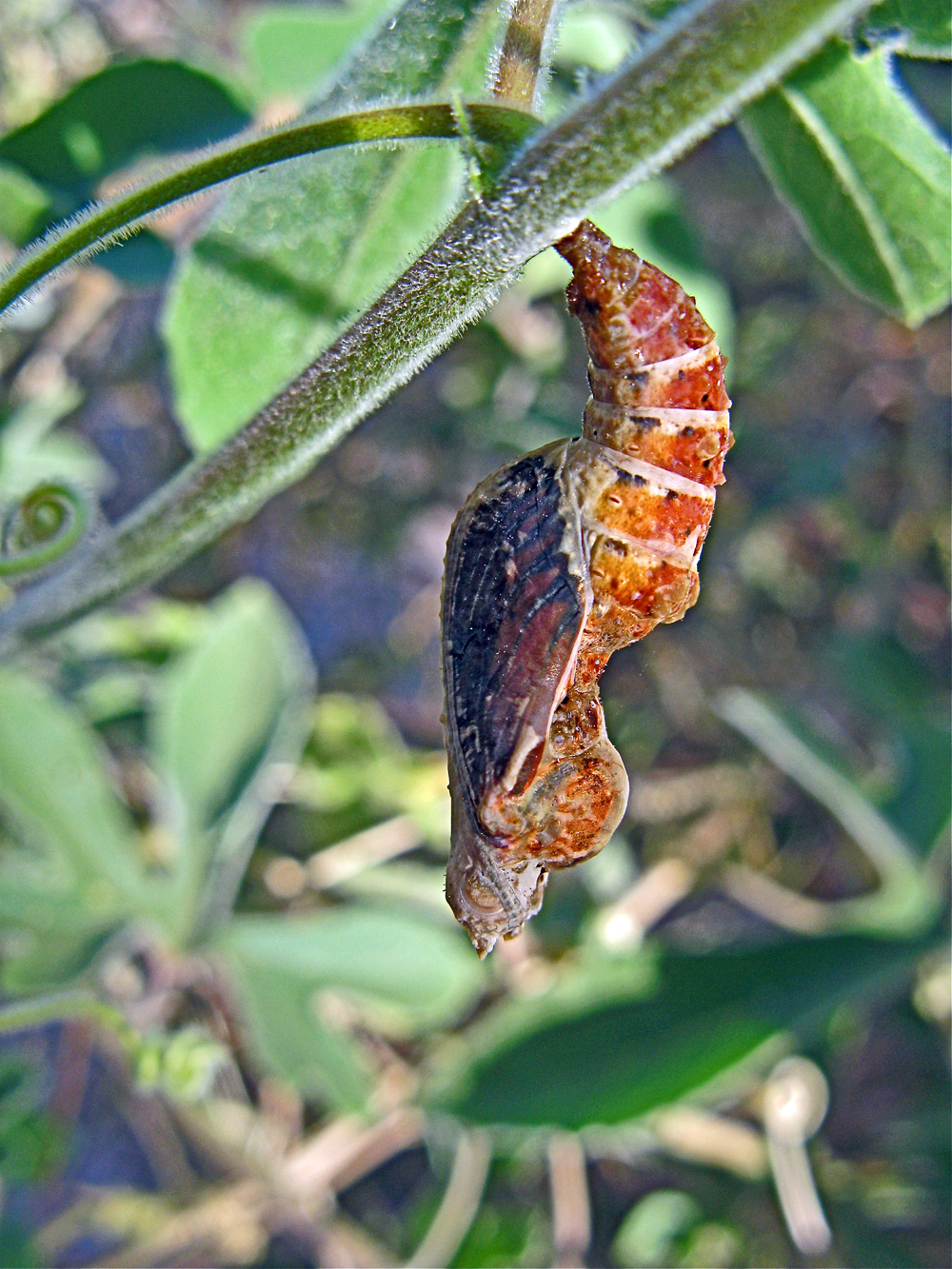Much the most super-est!
No clouds where you are? Get out and look at our Moon this weekend. It’s a Supermoon. And not just any super moon, it’s the superest of the year.
Tomorrow night and the next night the moon will be at its best (that’s Saturday and Sunday, 22-23 June 2013). Here’s last night’s moon — Pre-Super — as a preview (click to enlarge):
The term “supermoon” has recently been coined by media and some astronomers to refer to a full moon that coincides with its closest approach to earth (or perigee). What’s special about a supermoon is that it actually looks a bit bigger in the sky than at other times (although, don’t fall for some of the wacky claims circling the internet about just how big: it’s not going to look like ET’s bicycle moon). For more scientific and understandably presented info, click here.
The Man in the Moon has never shown himself to me. When I look, I see Quetzalcoatl’s obliging Moonrabbit, her ears at two o’clock, pointing right. And, why stop at waxing gibbous — let’s wax meta for a moment: Professor Danneru would like to point out the One-Clawed Crab in the Moon, the lunar apparition his mysterious ancient poets saw. That works for me. Can you see the Crab in the Moon?


 Allison does not consider herself a wildlife artist,
but an observer who takes notes in clay.
Allison does not consider herself a wildlife artist,
but an observer who takes notes in clay.



















